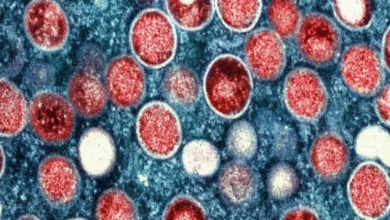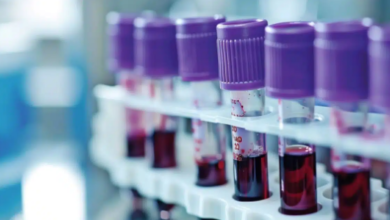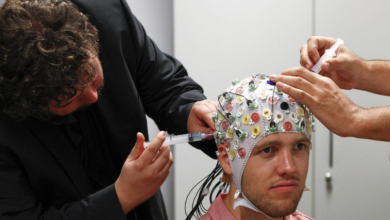Living Kidney Donors Show Lower Overall Bone Fracture Rates Than Non-Donors

A recent study led by Hilal Maradit Kremers, Kidney Donors MD, at Mayo Clinic in Rochester, Minnesota, delved into the post-donation health risks for living kidney donors. The investigation aimed to assess interventions, such as vitamin D3, to mitigate vertebral fractures and patient morbidity 25 years after donation, comparing overall and site-specific risk in living donors with matched general population controls.
Kidney Donors
Despite the lower overall fracture rate among kidney donors, the study revealed that they experienced significantly more vertebral fractures compared to the control group. The study included 2,132 living kidney donors and 2,014 patients in a control group from Mayo Clinic, Hennepin County Medical Center, or the University of Minnesota Medical Center. Participants, aged at least 50 with at least a decade since donation, completed a survey about their bone and fracture health, focusing on rates of overall and site-specific fractures between the groups.
While the total rate of fractures was markedly lower among donors, there were notably more vertebral fractures in this group. The rate of all types of fractures among the 2,090 kidney donors was significantly lower than the 1,877 controls, with 443 observed versus the expected fractures in the control group. However, the study identified a higher number of vertebral fractures among donors—51 observed versus the expected 36 vertebral fractures in the control group.
The study emphasized that living kidney donation is not without health risks, mentioning potential factors such as reductions in kidney mass, lower concentrations of serum 1,25-dihydroxyvitamin D, and secondary increases in serum parathyroid hormone. The researchers acknowledged the necessity of addressing these concerns and explored interventions, suggesting that “treatment of excess vertebral fractures with dietary supplements may reduce the numbers.”
In conclusion, while living kidney donors exhibited a lower overall risk for bone fractures following donation, the study underscores the importance of vigilant monitoring and targeted interventions to address specific concerns, such as the increased incidence of vertebral fractures. The findings contribute valuable insights into the post-donation health landscape for living kidney donors and emphasize the need for ongoing research and tailored healthcare strategies to ensure their well-being.




